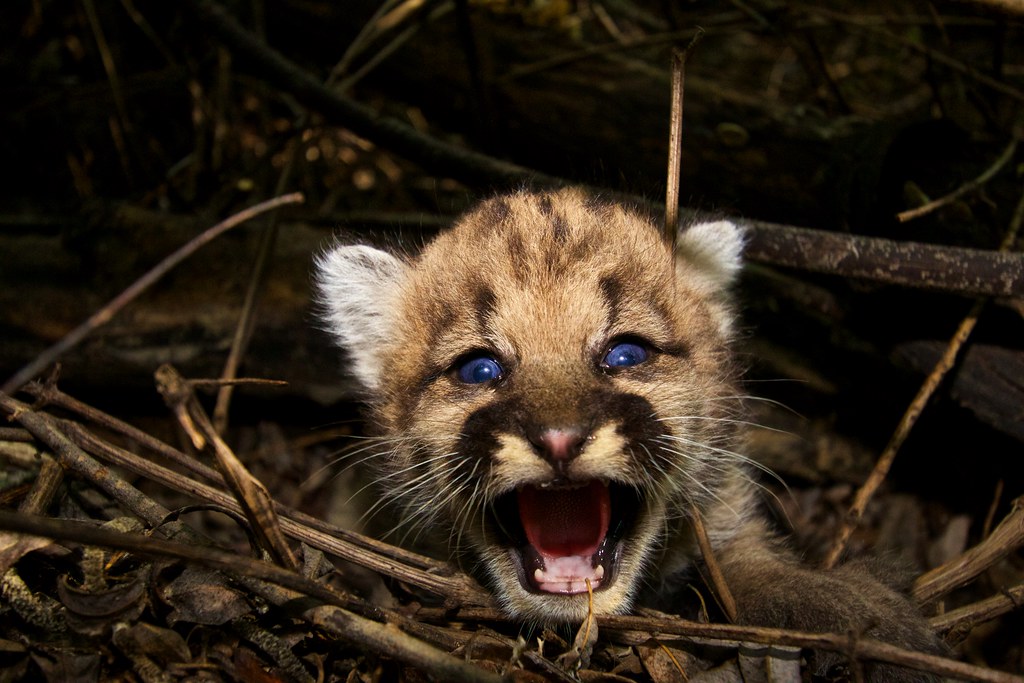Bay Area mountain lion sightings emerge in recent months
September 4, 2020
As summer ends to make way for the fall season, mountain lion sightings in the Bay Area have become more common in the Bay Area.
On multiple occasions during recent months, residents in San Mateo County have reported these sightings in a lot of different areas and various times throughout the day. There have even been reports of appearances in residential areas in broad daylight, an unnatural characteristic for most.
On July 27, College of San Mateo (CSM) was affected head-on when a complaint was filed to police stating that a mountain lion was roaming around the perimeter of the school’s parking lot in the early hours of the morning. When authorities arrived to investigate the scene, the animal vanished; last seen trembling into a bush.
San Mateo Police confirmed that there has been two previous serious incidents that have ended on a positive note:
Other than sightings, in recent years we have had 2 major mountain lion encounters and both ended successfully with them being escorted back into their habitats.
— San Mateo PD (@SanMateoPD) July 27, 2020
One big cat was killed by a vehicle on Highway 1 in Pacifica in early July. After further clarification by officials, it was confirmed that the same mountain lion was seen weeks earlier on Russian Hill in San Francisco.
“Sometimes a lion is found in such a developed area where it cannot easily return to open space,” said Debra Chase, CEO of The Mountain Lion Foundation. “A good example of this was the young male mountain lion in San Francisco recently.”
These are just a few instances that have taken place recently.
Pacifica, South San Francisco, Daly City, and San Bruno have also gained attention as popular destinations for mountain lions; most conflicts being reported through social media outlets such as Facebook, Nextdoor, and the Citizen App. These are just a few sites where community citizens could be updated on more possible sightings in real-time.
Janet Nishimura grew up in the Fairmont area in Pacifica in the 1970s, where appearances of any type of wildlife was almost unheard of.
“I’d seen it in other areas. It was until the late 80s that I’d ever seen a raccoon in Fairmont,” Nishimura said. “In the past 25 years, I’d seen more types of birds, squirrels, skunks, and raccoons visiting my mom’s yard. Now, you may see coyotes, deer, and even mountain lions.”
As wild species, mountain lions are often described as sneaky and quiet animals that aren’t known to interact with humans. As a result, attacks that involve humans have become a rather rare occurrence.
“Mountain lions will go where their prey goes. When prey moves lower closer to residential areas, mountain lions may follow. In hot summer months, deer and mountain lions may find themselves in residential areas by accident, as they search for water,” said Chase.
According to the California Department of Fish and Wildlife, one should not approach a mountain lion under any circumstances. They also highlight a possibility of a one-on-one confrontation, where it’s advised not to run, but to face the animal and make noise to try and intimidate it. If available, objects such as rocks are suggested to throw at them.
If one is attacked, the CDFW calls to fight back against the mountain lion for self-defense. Calling 911 is appropriate for high-risk situations, but if there isn’t a serious threat, animal control is a better contact solution.
“A 911 call results in a response by armed officers who do not have the same experience or resources available to them as do the animal control or CDFW officers,” Chase warned. “When there is an immediate threat to human life a call to 911 is appropriate, otherwise a call to 311 or CDFW will reach the personnel with experience in dealing with mountain lions.”
